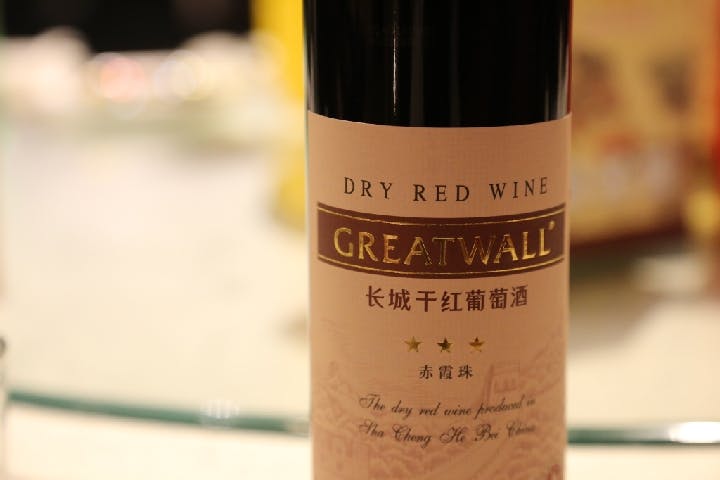Winter 2008
Chinese Chardonnay?
– The Wilson Quarterly
Winemaking is the latest industry to witness global production, with no end in sight.
Over the past two decades,one industry after another has abandoned the West for the world’s developing countries. Now, a product that predates the Bible looks vulnerable to the same siren call. Wine, writes Philip Martin, an agricultural economist at the University of California, Davis, is one more commodity that technology and marketing ability can make into a profitable industry on almost any improbable hillside where fruit will grow.
Europe is swimming in surplus wine, he writes, as consumption decreases and upstart countries compete. The European Union, which spends $1.6 billion annually to subsidize its wine-grape growers, is proposing to pay growers to remove 500,000 acres from production, and cheap table wine is regularly distilled into industrial alcohol. Europe both produces and drinks the bulk of the world’s annual 6.5 billion gallon output, but its industry is under siege. While the average adult in France, Italy, and Spain consumes 22 gallons each year of what is at bottom fermented grape juice, younger Europeans are increasingly choosing other alcoholic beverages and even imported “New World” vintages.
European wines are quite different from the wines of America and other new producing countries. They are made under heavily regulated conditions that haven’t changed much in generations. Most growers are small, and many wines are made by cooperatives that crush several varieties of regionally grown grapes and market the result under their area’s name. Vines are generally not allowed to be irrigated, and unusual weather conditions can wreak havoc with the fruit, so a wine’s taste can veer from premium to plonk in a year’s time. European wines are less alcoholic than those of the New World—an alcohol content of 11 to 12 percent is common, in contrast to the 13 to 14 percent typically found among the European product’s competitors. And wines are often aged in old wooden casks, producing a taste that some new wine consumers reject as not “fresh.”
New World vintners make heavy use of technology. They use mechanical pruning and harvesting techniques and make their own decisions about irrigation. Their wines are often made from a single variety of grape, rather than a mixture. And New World producers are willing to try novel techniques to achieve a consistent taste. Such innovations have vaulted once parvenu producers into the top ranks: The United States now produces 10 percent of the world’s wine; Argentina, five percent; and South Africa, Australia, and Chile, three percent each.
Wine, Martin writes, offers a “glimpse of the global economy’s future.” And it’s “not a bad vision for what Americans seem to do best—innovate, market, distribute.” But such skills are hardly an American monopoly. In the future, if he’s right, “red Chinese” could have a whole new meaning.
* * *
The Source: “Market Focus: Wine Wars” by Philip Martin, in The Milken Institute Review, Fourth Quarter, 2007.
Photo courtesy of Flickr/Kentaro Iemoto
